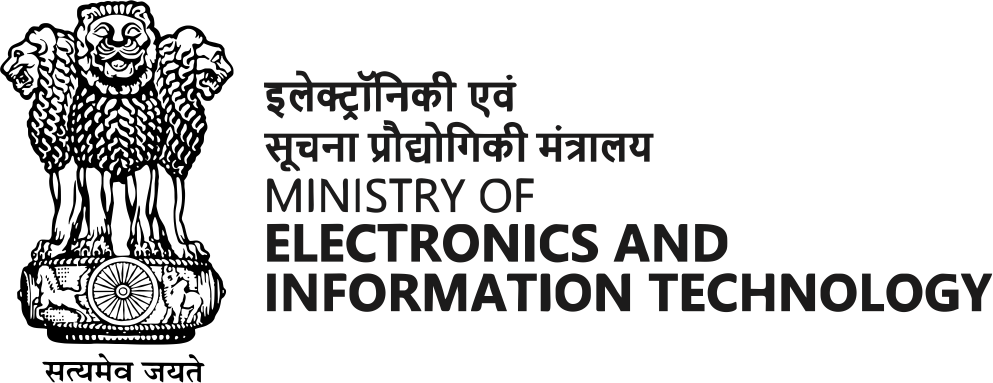Security Tips to protect against Dumpster Diving
To protect against Dumpster Diving attacks, organizations should implement policies and procedures for secure disposal of sensitive information. This may include shredding paper documents, wiping hard drives before disposing of computer equipment, and ensuring that employees are aware of the risks of disposing of sensitive information in the trash. Additionally, organizations can implement physical security measures, such as locked trash bins or shredding services, to prevent unauthorized access to discarded materials.
- Shred sensitive documents: Use a shredder to destroy documents that contain personal or sensitive information before throwing them away. This makes it difficult for attackers to reassemble the information.
- Use secure disposal methods for electronics: Make sure to properly dispose of electronic devices, such as computers and smartphones, that may contain sensitive information. Wipe the hard drive clean or destroy the device to prevent data recovery.
- Don't disclose sensitive information publicly:Be cautious about sharing sensitive information, such as account numbers or passwords, in public areas where it could be overheard or seen by others.
- Train employees on proper security procedures: Educate employees on the importance of data security and the potential risks of dumpster diving. Encourage them to be vigilant about properly disposing of sensitive materials.
- Monitor physical security:Install security cameras or employ security personnel to monitor areas where dumpsters are located, particularly after business hours.
- Secure your dumpsters: Consider using a lock or other physical security measures to prevent unauthorized access to your dumpsters.
- Implement a clean desk policy: Encourage employees to keep their work spaces tidy and free of sensitive information that could be discarded improperly.



